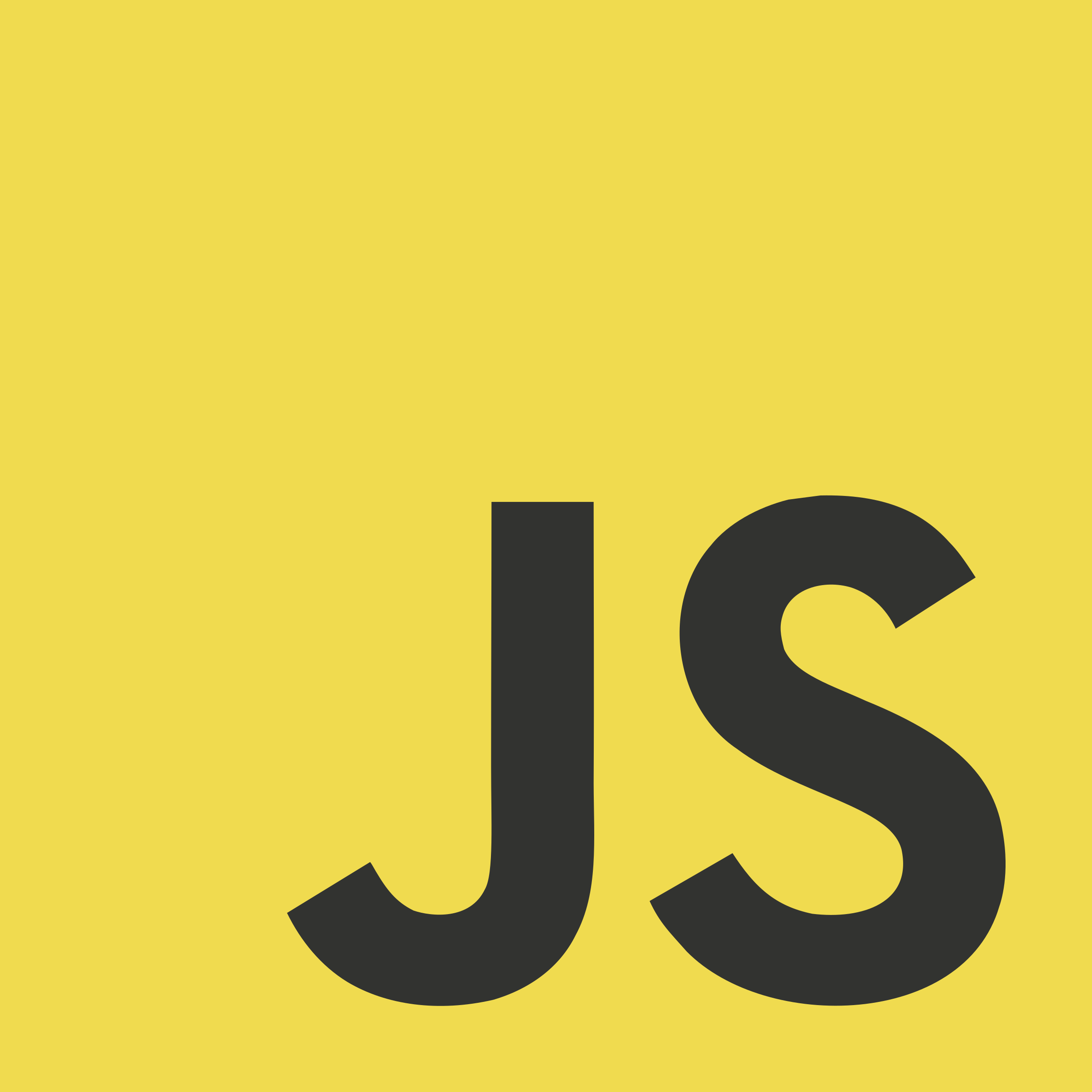JS Conf EU 2019
CSS Houdini & The Future of Styling | JSConf EU 2019
It’s almost here! Houdini — the future of CSS! This spec allows developers to write web worklets with JavaScript syntax and access the CSS Object Model for the very first time. Everything will change! In this talk, we’ll will walk through some of the visual magic we can create by using Houdini and its various upcoming browser APIs, and go through a live demo of how we can get started with implementation. Learn about how to use Houdini and what it means for the future of web application styling.
ReadThe modern PWA Cheat Sheet | JSConf EU 2019
PWAs are now installable on every mobile and desktop OSs, but there is a lot of new things since last year we need to do to create a successful experience. We will start understanding the App Lifecycle on every OS including new APIs, the limitations on iOS and how to deal with them, and how WebAPK works on Android. We will mention challenges on desktop PWAs, including multi-window management and we will finally cover distribution channels, including new DOM events to improve analytics, how to create a custom Install experience, and how to distribute the app in the store.
ReadES2019 Features: What Even Are They? | JSConf EU 2019
Thankfully, every year ECMAScript gives us new shinies to advance how we code JavaScript. I’ve found myself digging into features & proposals ever since my curiosity of ES2017’s SharedArrayBuffer took me down a fascinating rabbit hole. Let’s delve into some of the features & proposals we get to look forward to in 2019.
Read10 things I learned making the fastest js server runtime in the world | JSConf EU 2019
This presentation is about server performance, which means that no time in the world would be enough to cover it all. Hopefully, I can share with you the top #10 things I’ve learned while putting JavaScript on the top of the server side benchmarks. You will learn about runtimes and engines, how some are more capable than others, and sometimes the obvious choice is not always the right one… This talk is about thinking outside of the box, being creative and don’t take anything for granted. We will debunk myths about native code vs script or RAM usage, it’s going to be fast! I promise!
ReadA sneak peek into super optimized code in JS frameworks | JSConf EU 2019
Very few developers have the need to write super optimized code. In application development we tend to favor readability over optimization. But that’s not the case with frameworks. Developers who use frameworks expect them to run as fast as possible. In fact, speed is often a defining characteristic when choosing a framework. There are techniques that make code run faster. You’ve probably heard about linked lists, monomorphism and bitmasks, right? Maybe you’ve even used some. Well, you can find all these and a bunch of other interesting approaches in the sources of most popular JS frameworks. Over the past year I’ve seen a lot while reverse-engineering Angular and React. In this talk I want to share my findings with you. Some of you may end up applying them at work. And others, who knows, may even end up writing the next big framework.
ReadLet's build a JavaScript Engine in Rust by Jason Williams | JSConf EU 2019
Have you wondered how JS engines work? This past year I built an engine from scratch in Rust. It was fun, weird, exciting and sometimes exhausting. I will share my experience as well as what it is like to work on the specification, collaborate with TC39, and lessons from engines in use today.
ReadHTTP headers for the responsible developer by Stefan Judis | JSConf EU 2019
To build inclusive websites, developers have to consider accessibility, performance and user flows. Crafted source code forms the foundation for thought-through UIs, but it’s not only about the code. Let’s have a look at HTTP, and to be specific, its headers that can have a direct impact on user experience.
ReadThe economics of open source by C J Silverio JSConf EU 2019
The JS package commons is in the hands of a for-profit entity. We trust npm with our shared code, but we have no way to hold npm accountable for its behavior. A trust-based system cannot function without accountability, but somebody still has to pay for the servers. How did we get here, and what should JavaScript do now?
Read